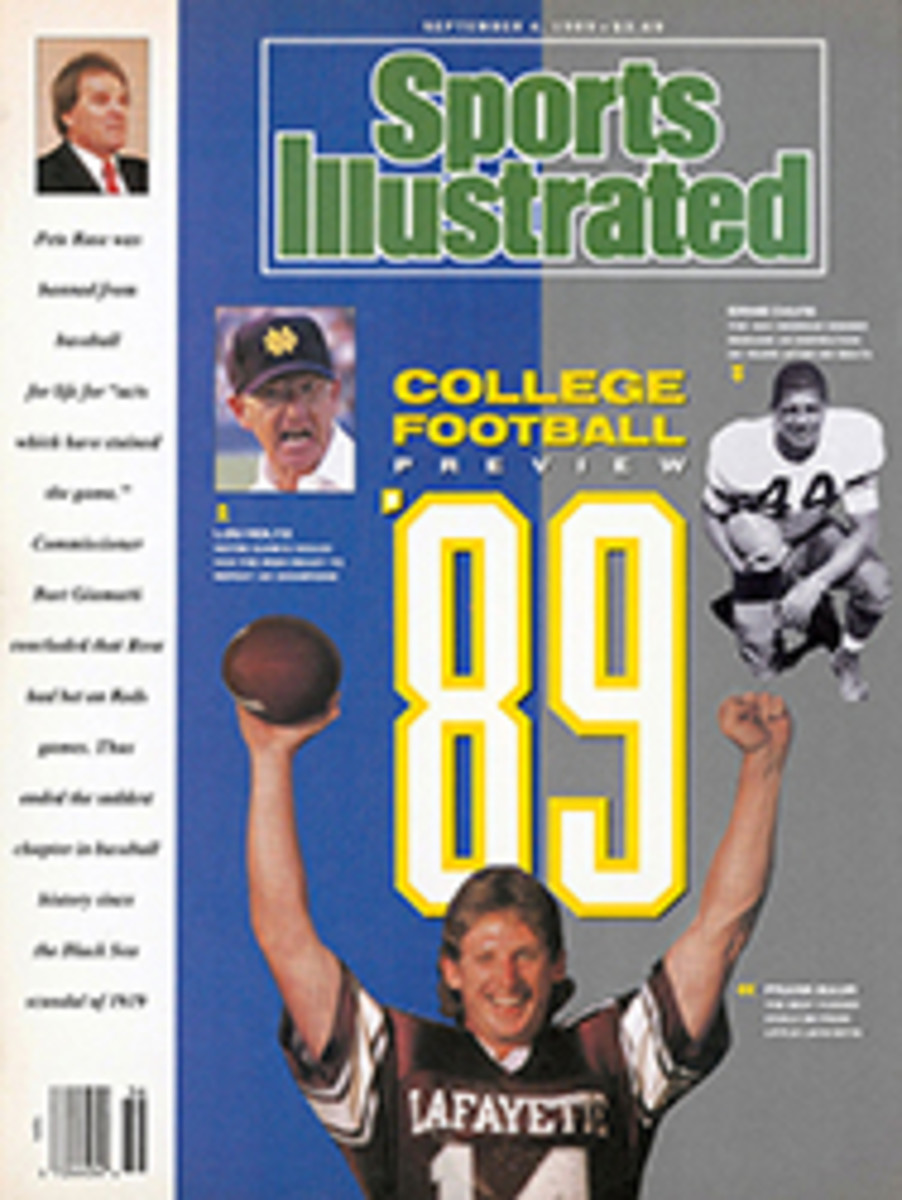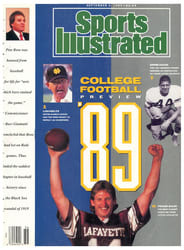
FROM THE PUBLISHER
Among the most vivid memories of senior writer Bill Nack's college days at Illinois is the Saturday morning in May 1963 when Ernie Davis died. Nack, an assistant sports editor with the Daily Mini back then, was alone in the paper's office when the news came across the AP wire. "I remember how the sadness struck me all of a sudden," says Nack, the author of the portrait of Davis that begins on page 136. "One day Davis had been this robust, powerful athlete who had so much to give, and then he was gone."
Nack's fascination with Davis dates back to the 1960 Cotton Bowl, which Nack watched on television. Despite a pulled hamstring, Davis, who was only a sophomore, scored two touchdowns against Texas to help Syracuse win the national championship.
And like many others, Nack wonders what might have been if leukemia had not struck Davis as he prepared for his rookie season with the Cleveland Browns in 1962. "The prospect of Davis playing in the same backfield with Jim Brown remains as tantalizing to the imagination today as it was then," he says. "People will always wonder if they would have made up the greatest backfield in the history of pro football, but that's just part of the appeal of Davis's story."
Nack has always looked beyond the surface aspects of a story. He tries to discover the emotions behind people's words, as he did in his moving piece on jockey Robbie Davis (SI, March 20), whose horse had trampled and killed another jockey five months earlier. Nack was the first journalist to get an extended interview with Davis after the accident. On a hunch that he might be ready to talk, Nack knocked on the door of Davis's motor home in Pocatello, Idaho, and over the course of the next four days Davis gradually shared his traumatic story.
While tracking down those who knew Ernie Davis, Nack found plenty of evidence that his subject's powerful presence still is felt. A conversation with Ben Schwartzwalder, who was Davis's coach at Syracuse, left an especially lasting impression.
"I'll never forget how Schwartzwalder, this rugged paratrooper in the war, broke down three or four times during our interview," says Nack. "I was really astounded, because Davis has been dead for more than 26 years, and yet here was this grown man crying like a little boy just thinking about him."
PHOTO
LANE STEWART
Nack has created a new portrait of Davis.

